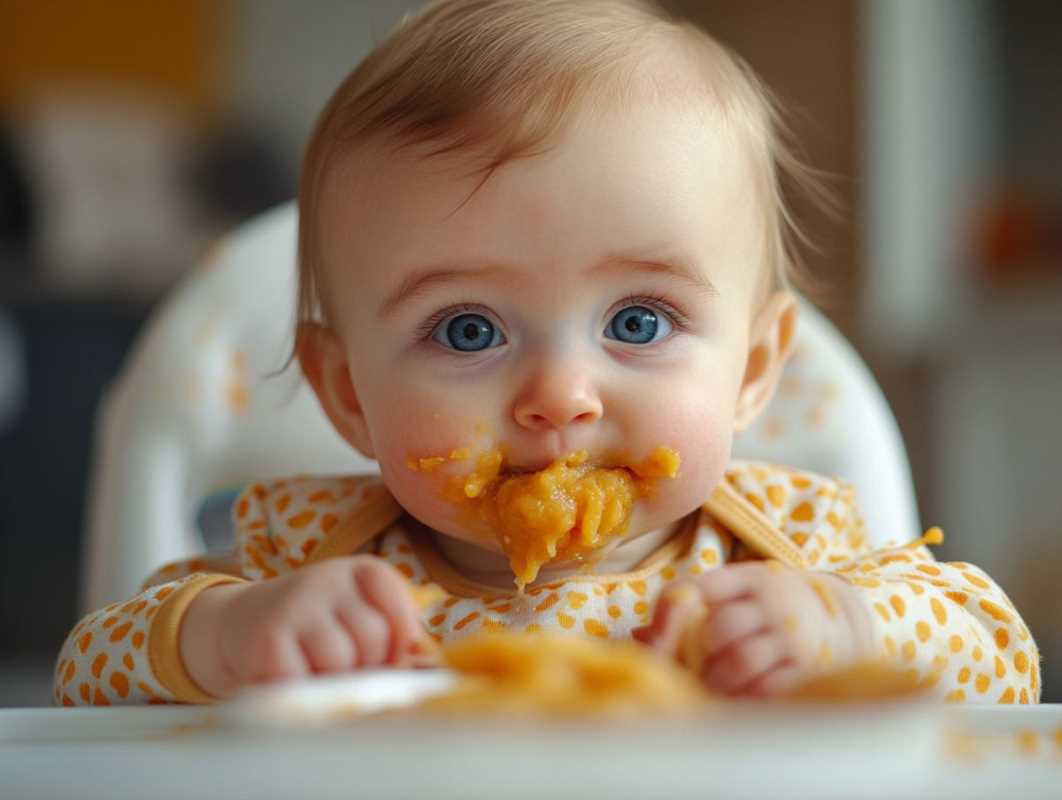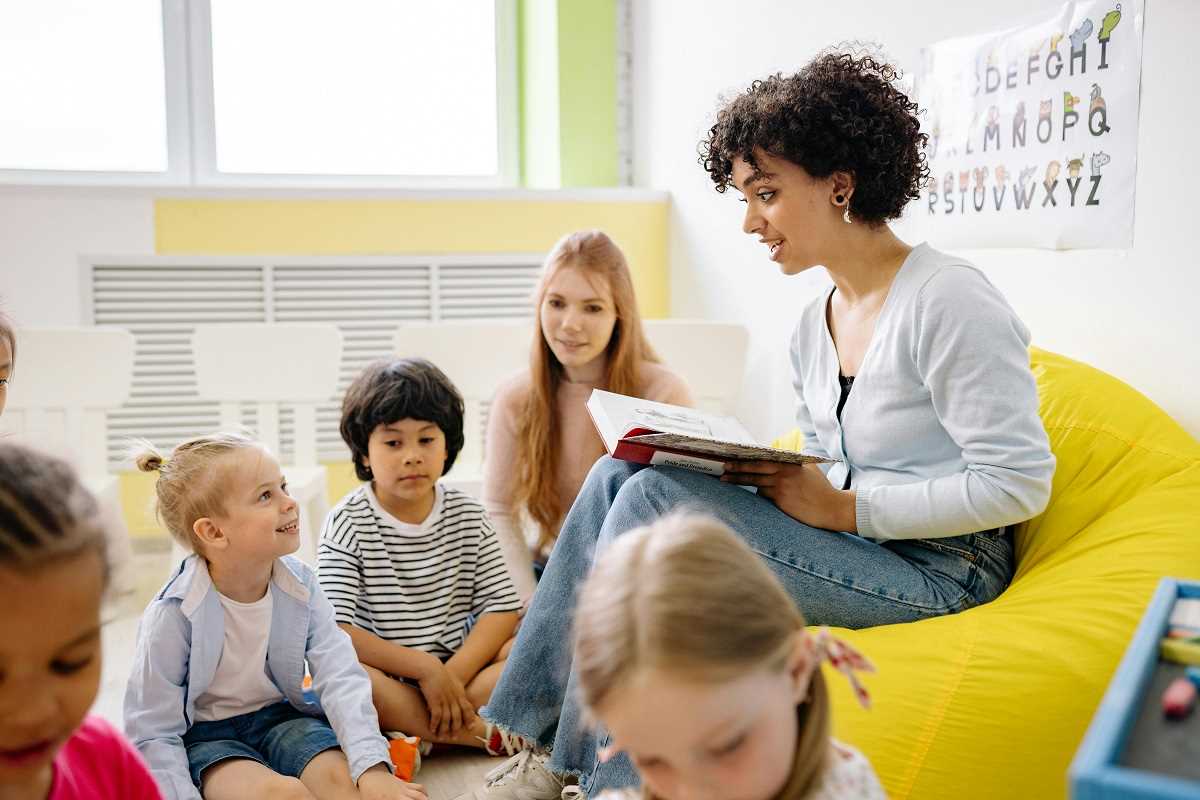Potty training can feel like one of a parent's most daunting milestones. Thinking about the diaper-free days ahead is exciting, but the process often comes with its fair share of frustrations and messy moments. The good news? Potty training doesn’t have to be as overwhelming as it seems. With a little planning, patience, and a sense of humor, you can help your child take this big step with confidence.
This guide will walk you through how to know when your child is ready, what to do to get started, the tools you’ll need, and how to handle challenges along the way.
How to Know When to Start Potty Training
Not every child is ready to potty train at the same age, and that’s okay. Some kids get the hang of it at 18 months, while others might not be ready until they’re closer to 3 or even 4 years old. The key is to pay attention to your child’s cues rather than focusing on their age alone.
Here are some signs that your child might be ready to start potty training:
- Awareness of bodily functions: They seem to recognize when they’ve gone in their diaper (e.g., they may tell you, hide, or tug at their diaper).
- Staying dry for longer periods: If your child can stay dry for two or more hours during the day or wake up dry after naps, it’s a good indicator they’re starting to develop bladder control.
- Showing interest in the potty: They may watch adults or older siblings use the toilet, ask questions, or want to flush.
- Pulling off their diaper: Some kids take off their diapers after they’ve gone, showing discomfort with being wet or dirty.
- Following simple instructions: If your child can understand and follow basic directions (like “Come to the potty!”), they’re likely ready to start learning.
When to Wait
If your family is going through a big transition—moving, a new sibling, or starting daycare—it’s often better to hold off. Potty training requires consistency, and too much change can make it more challenging.
Steps to Start Potty Training
Once you’ve determined your child is ready, it’s time to jump in. Here’s a practical step-by-step plan to get started:
1. Introduce the idea of the potty
Begin by familiarizing your child with the potty. Show them how it works, explain what it’s for, and maybe even read a few potty-related books together. Some favorites include “Everyone Poops,” or “Potty” by Leslie Patricelli.
Make it fun! If you’re using a potty chair, you might even have your child personalize it with stickers to make it feel special.
2. Set a routine
Start with consistent potty “check-ins.” Sit your child on the potty at specific times, such as after meals or before bed. At this stage, the goal is to help them get comfortable sitting on the potty, even if nothing happens.
3. Use the right language
Talk openly about using the potty in simple, encouraging terms. Use words like “pee” and “poop” so your child can learn to express their needs. Avoid negative phrasing like “That’s gross!” or shaming accidents, which can create anxiety.
4. Encourage and celebrate success
When your child successfully uses the potty, celebrate it! A high-five, clapping, or a small sticker chart can go a long way in keeping them motivated. Positive reinforcement often works much better than pressure or punishment.
5. Be patient and consistent
Potty training takes time, and accidents are part of the process. Stay calm and consistent, even on challenging days. Remember, every child learns at their own pace.
What You’ll Need for Potty Training
Investing in the right tools can make the process smoother:
- Potty chair or seat: A standalone potty chair is great for younger toddlers because it’s their size and doesn’t seem as intimidating. Alternatively, you can get a potty seat to place on your toilet.
- Step stool: Useful for helping your child reach the big toilet or sink to wash their hands.
- Training pants: Reusable training pants or disposable pull-ups can be helpful for the transition, especially when you’re on the go.
- Easy-off clothing: Avoid overalls, belts, or tricky zippers. Opt for clothes your child can quickly pull down.
- Wipes and cleaning supplies: Accidents will happen, so stock up on unscented baby wipes and your favorite cleaning products.
- Rewards: Stickers, small toys, or even a mini dance party can motivate your child to keep trying.
Having these essentials at the ready will save you from scrambling (and stress) during the process.
What to Do When Challenges Arise
Potty training isn’t always smooth sailing, so don’t be discouraged if you hit a few bumps along the way.
When Your Child Refuses to Use the Potty
Resistance is normal, especially if your child feels pressured. Here’s how to address it:
- Back off for a little while: If potty training becomes a source of frustration, take a break and try again in a few weeks.
- Make the potty fun again: Bring a favorite toy or book into the bathroom to make potty time feel less like a chore.
- Lead by example: Sometimes, seeing older siblings or even you use the toilet can inspire them to try.
When Accidents Happen
Accidents are an inevitable part of the process; no child gets it right 100% of the time from the start.
- Stay calm: Don’t scold your child for accidents. Instead, say something like, “Oops! It’s okay; we’ll try to get to the potty next time.”
- Learn their signals: If you notice your child still struggles to know when they need to go, gently remind them to check in with their body throughout the day.
If They’re Scared of the Potty
Sometimes, kids feel afraid of the potty because it’s new or unfamiliar.
- Address fears: Help them feel safe by offering reassurance. For instance, explain that flushing isn’t scary; it’s just part of how the potty works.
- Use a smaller potty: A standalone potty chair can feel less intimidating than a big toilet.
When Progress Halts
It’s possible for kids to start well but regress later (this can happen during illness, stress, or big changes).
- Don’t panic: Reassure yourself that regressions are normal. Take a step back, then revisit potty training in a week or two.
- Stay consistent: Stick to your routine without turning it into a battle.
Final Tips for a Positive Potty Training Experience
Potty training can feel overwhelming at times, but with the right mindset and approach, you can turn it into a positive experience for both you and your child. Here are some parting tips to keep in mind:
- Each child is different: Don’t compare your child’s potty training timeline to others’. The “right” time is when your child is ready.
- Keep it relaxed: Kids pick up on stress, so staying calm and encouraging will help them feel more confident.
- Success isn’t linear: There will be ups and downs, so celebrate the small wins and don’t sweat the setbacks.
Before you know it, this phase will be behind you, and your child will flourish in their independence.
 (Image source: Midjourney)
(Image source: Midjourney) 





